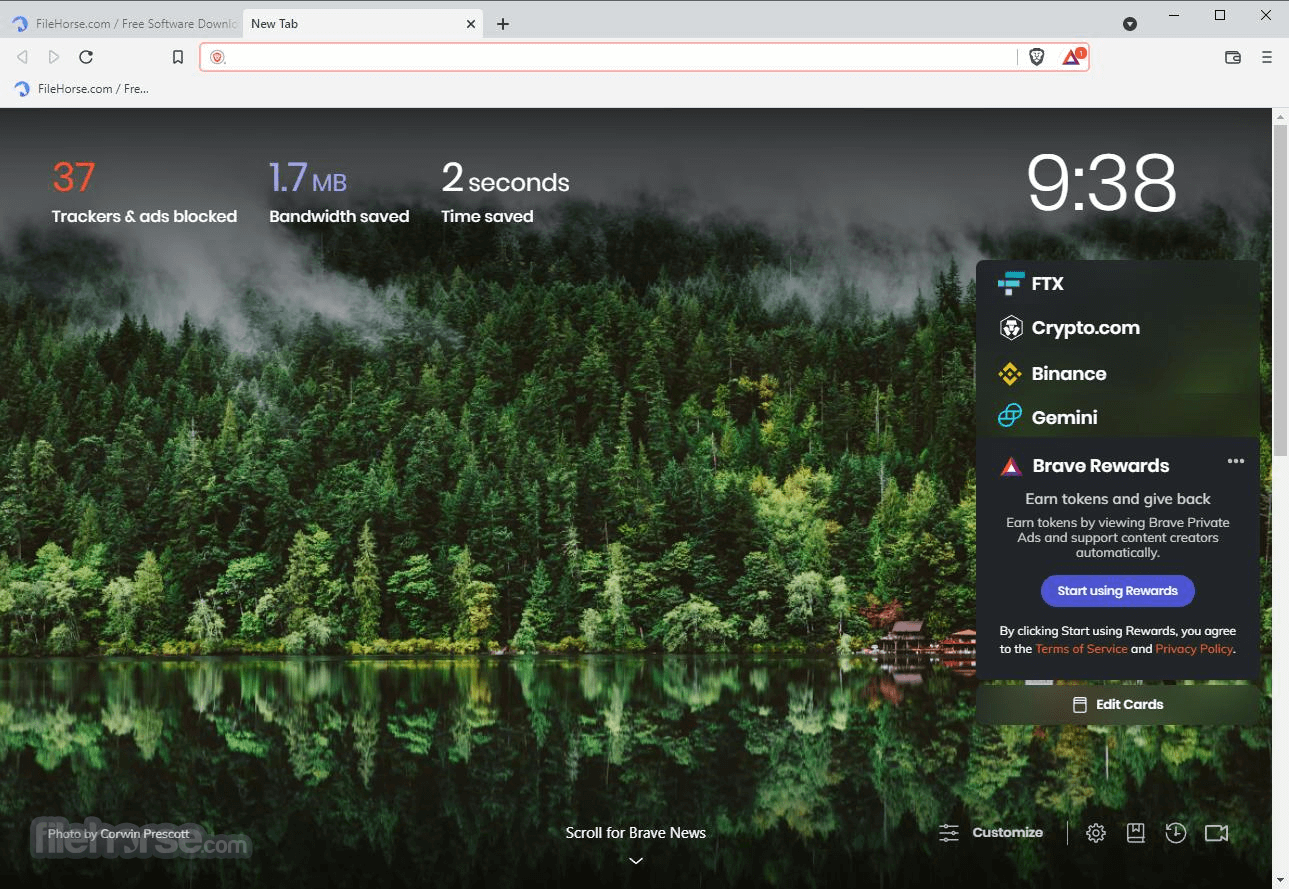
If you want to install the Beta or Nightly builds instead of Stable, the process is mostly the same.īeta sudo curl -fsSLo /usr/share/keyrings/brave-browser-beta-archive-keyring.gpg echo "deb stable main"|sudo tee /etc/apt//brave-browser-beta.list sudo apt update & sudo apt install brave-browser-beta After a while, the changes are promoted into the Beta channel, and eventually the Stable release. The Nightly channel is where new changes are first introduced. After Brave is installed, you can launch it from the Applications menu.Enter your password for authentication.Locate Brave in the Ubuntu Software app and click on Install.


But if you’re fine with trying out the snap version, this method of installation is easier. While this is generally fine, some users have had issues with the snap store version compared to the deb version. You can install Brave from the Ubuntu Software app too, but this method sources it from the snap store. Now, you can launch Brave from the Applications menu, or directly from the terminal with brave-browser Install Brave Graphically Update your package index and install Brave with sudo apt update & sudo apt install brave-browser echo "deb stable main"|sudo tee /etc/apt//brave-browser-release.list sudo curl -fsSLo /usr/share/keyrings/brave-browser-archive-keyring.gpg Īppend the Brave repo to your sources list.

Fresh installs don’t include curl, so if required, install curl first with sudo apt install curl Install Brave on Ubuntuįor the official method, we’ll use curl to import the Brave keyring. Aside from that, we’ll also explain how you can install and manage different Brave versions. We’ll cover both methods in this article. Or, you can skip this and install it from the snap store. If you want to follow official instructions (which we recommend), you can import the Brave repo and GPG keys and install Brave. As Brave isn’t available in Ubuntu’s APT repository, you have two ways to install it.


 0 kommentar(er)
0 kommentar(er)
